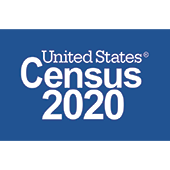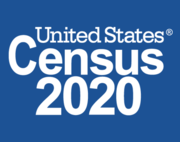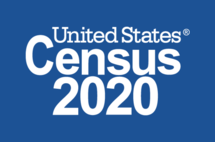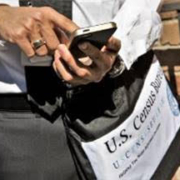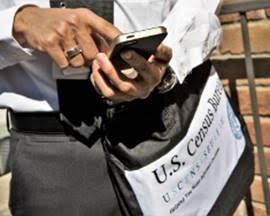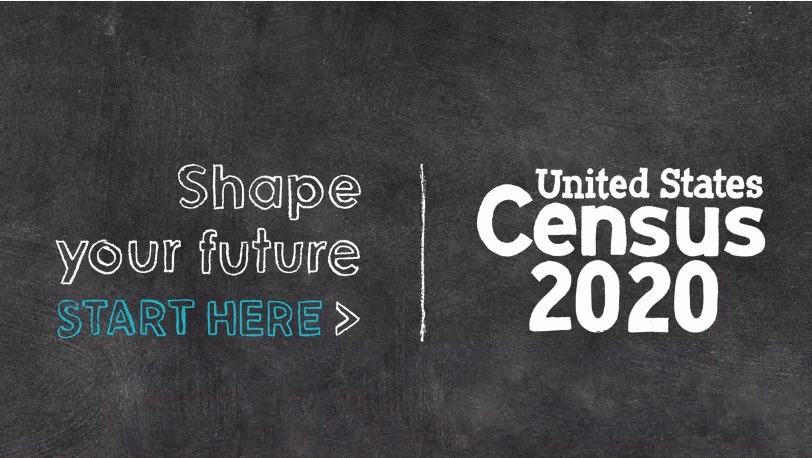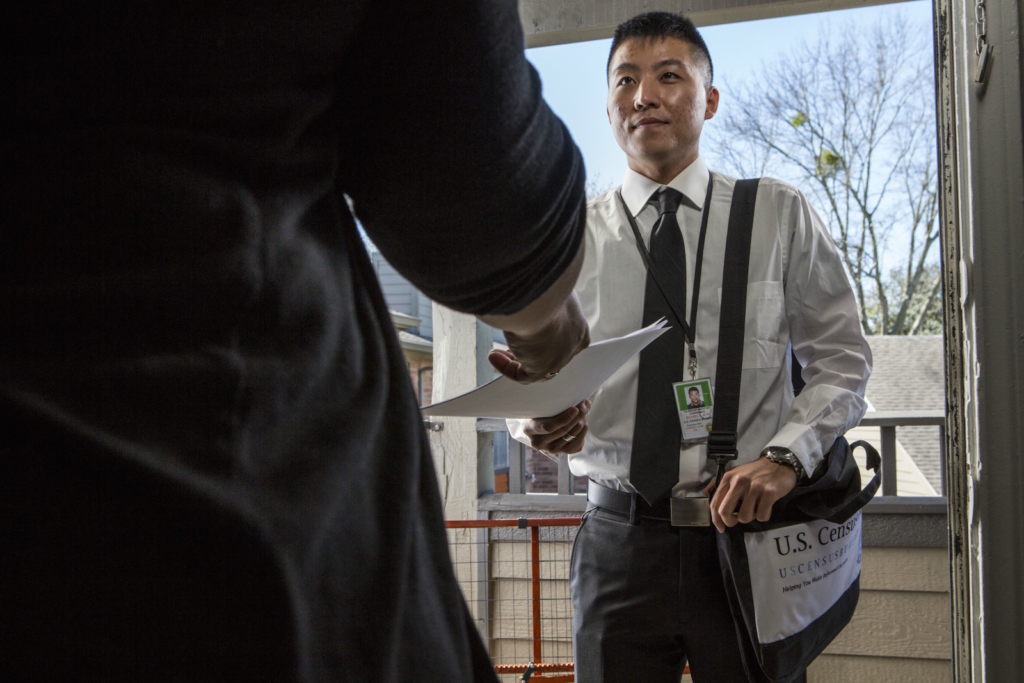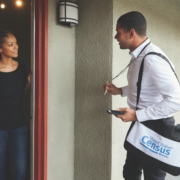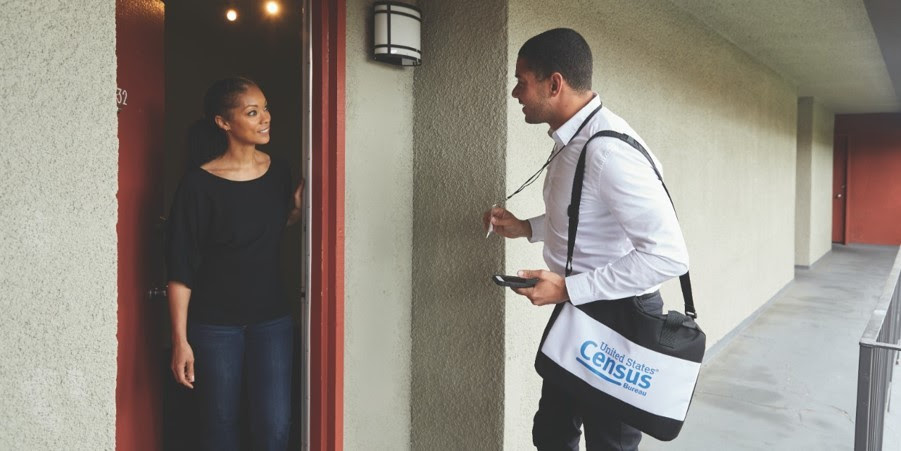U.S. Department of Commerce Secretary Wilbur Ross and U.S. Census Bureau Director Steven Dillingham Statement on 2020 Census Operational Adjustments Due to COVID-19
APRIL 13, 2020 — The 2020 Census is underway and more households across America are responding every day. Over 70 million households have responded to date, representing over 48% of all households in America. In light of the COVID-19 outbreak, the U.S. Census Bureau is adjusting 2020 Census operations in order to:
- Protect the health and safety of the American public and Census Bureau employees.
- Implement guidance from federal, state and local authorities.
- Ensure a complete and accurate count of all communities.
| The Census Bureau temporarily suspended 2020 Census field data collection activities in March. Steps are already being taken to reactivate field offices beginning June 1, 2020, in preparation for the resumption of field data collection operations as quickly as possible following June 1. In-person activities, including all interaction with the public, enumeration, office work and processing activities, will incorporate the most current guidance to promote the health and safety of staff and the public. This will include recommended personal protective equipment (PPE) and social distancing practices.Once 2020 Census data collection is complete, the Census Bureau begins a lengthy, thorough and scientifically rigorous process to produce the apportionment counts, redistricting information and other statistical data products that help guide hundreds of billions of dollars in public and private sector spending per year.In order to ensure the completeness and accuracy of the 2020 Census, the Census Bureau is seeking statutory relief from Congress of 120 additional calendar days to deliver final apportionment counts.Under this plan, the Census Bureau would extend the window for field data collection and self-response to October 31, 2020, which will allow for apportionment counts to be delivered to the President by April 30, 2021, and redistricting data to be delivered to the states no later than July 31, 2021. ### |

